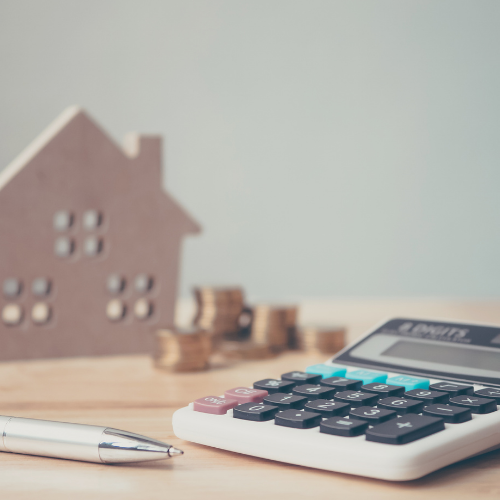Is the shared ownership scheme worth it?
#Collaborative post
For many people, the effects of the COVID-19 pandemic have derailed many of life’s plans and hopes. With job losses, less job security and finances hanging in the balance, getting on the property ladder may now feel out of reach for some.
However, there is help available. The Government have been looking out for the housing market, with the introduction of the temporary stamp duty holiday in 2020 and the Chancellor’s latest announcement of a 95% mortgage guarantee scheme to reinforce confidence among lenders and create demand among a new pool of buyers who would have struggled to purchase a home otherwise.
Additionally, the shared ownership scheme continues to be incredibly popular post-pandemic. The shared ownership scheme is designed to make buying a house more accessible for those on a lower income or with low deposits. But is it worth the hype?

How does the shared ownership scheme?
Explained in simple terms, the shared ownership scheme is a cross between buying and renting. It is predominantly aimed at first-time buyers, however pretty much anyone can take part in the scheme as long as you are at least 18 years old, don’t currently own a property and have an income of less than £80,000 a year (£90,000 in London).
Essentially, you purchase a share of a property, typically between 30-50%, and you have a mortgage for this share. The minimum share that you can purchase is 10%. As you are purchasing a percentage of the overall property price, your mortgage will be considerably smaller than if you were to buy the traditional way. You then pay rent to a housing association on the remaining portion of the property.
Over time, you can purchase more shares in the property. Your mortgage will increase and your rent payments will increase. The process of increasing your shares is referred to as ‘staircasing’. Whilst it might take a while, it is possible to staircase out to 100% ownership.
The pros and cons
As with anything, there are pros and cons to the shared ownership scheme. Whether it is worth it will depend on your own personal circumstances and situation. Ultimately, if you can’t afford a mortgage on your current salary for the type of home you’d like, a shared ownership mortgage may be the key to you making this dream come true. But it’s important to see the full picture!
Advantages
- Whilst you may begin owning only a portion of the property, you can eventually own 100% of your home by staircasing
- You will need a smaller mortgage and thus, a smaller cash deposit than you would when buying traditionally
- Housing associations’ rent is typically more affordable than that on the traditional rental market.
Disadvantages
- You cannot purchase any property using the shared ownership scheme – only certain properties are eligible so you will be slightly restricted on where you can buy
- As well as being a homeowner, you are also a tenant which means you can be evicted if you fail to keep within your lease terms
- Staircasing does come at a cost, with valuation fees, legal fees and mortgage lender fees possibly applicable each time you staircase
- When you want to sell your shared ownership property, the housing association has ‘first refusal’ to buy it off you first.

If you dream of becoming a homeowner but you’re worried that you may not be able to afford a traditional mortgage, it’s definitely worth taking a look at the shared ownership scheme. There is a reason why it’s grown and grown in popularity since the 1970s when it was first introduced.
To work out the numbers, it’s a good idea to book a consultation with a mortgage broker and advisor that specialises in shared ownership. They will help you to work out whether the scheme is a good option for you, or whether you’d be better off saving for a little longer and buying on the traditional market.
Whatever you decide to do, good luck with making this step onto the property ladder!